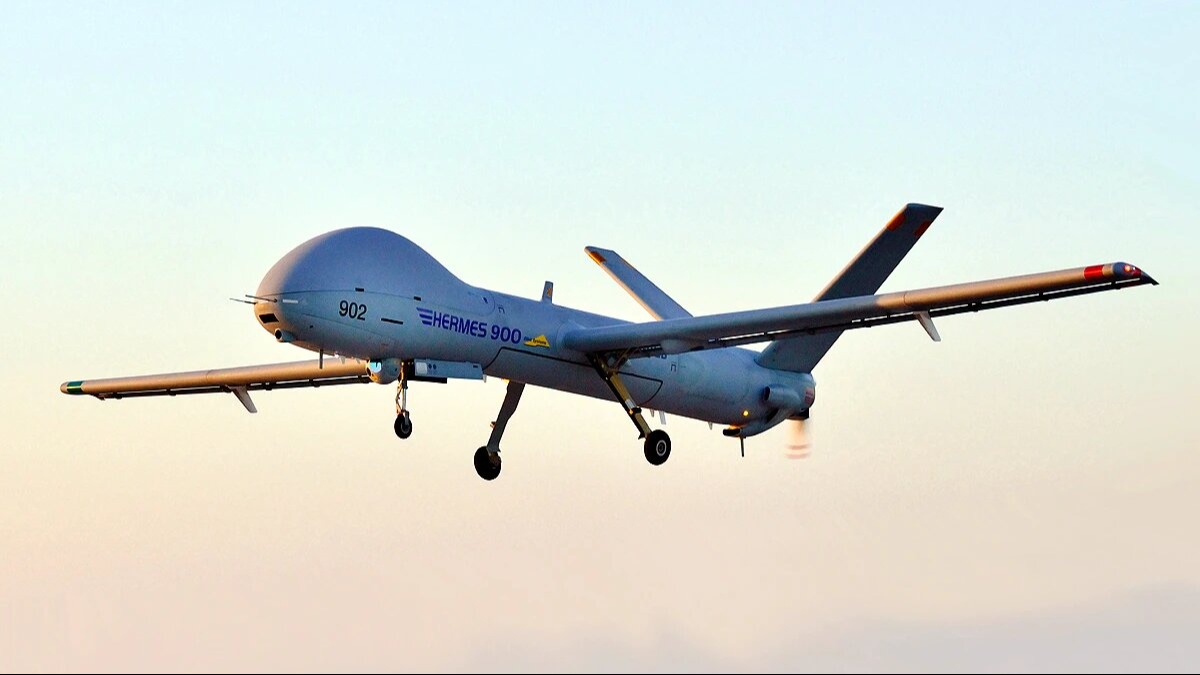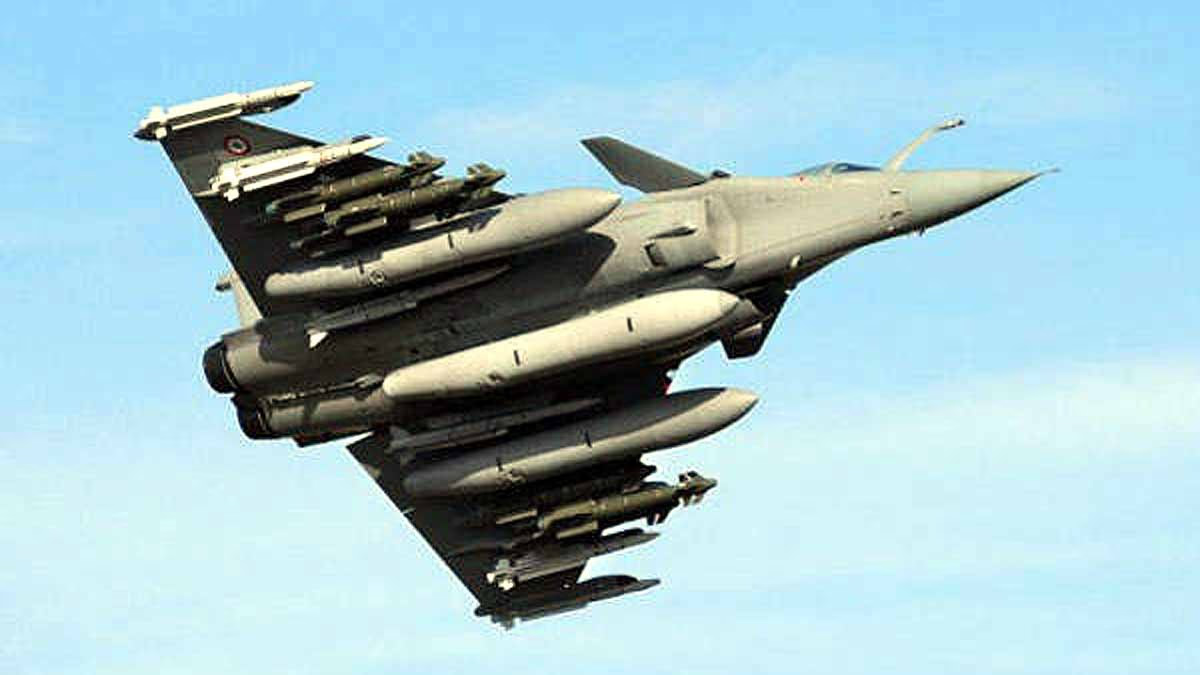In a significant move to bolster surveillance capabilities along the Pakistan border, the Indian Army is set to employ Hermes-900 drones, also known as Drishti-10 drones. On the upcoming 18th of May, these drones will be formally inducted into the Indian Army in Hyderabad in the presence of senior military officers, as stated by defense sources. The use of these Unmanned Aerial Vehicles (UAVs) will now be targeted at anti-terror operations.
Under emergency provisioning, the army has placed an order for two systems from the supplier, stipulating that the delivered systems must be over 60% indigenous, aligning with the defense ministry's 'Make in India' initiative. Military officials have disclosed plans to station these drones at the Bathinda base in Punjab, from where they can monitor a vast region including the desert areas as well as the northern sectors of Punjab.
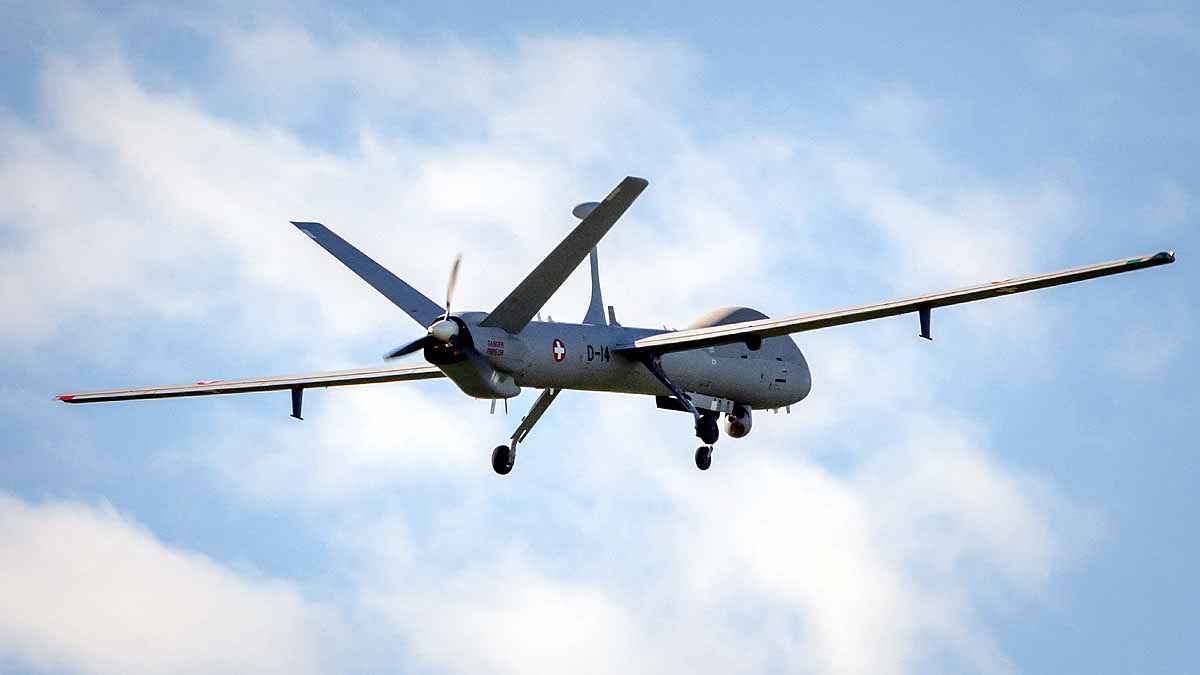
Source: aajtak
It is noteworthy that the Indian Army is already operating Heron Mark 1 and Mark 2 drones. The addition of the Drishti-10, a variant of the Hermes-900, is part of the final installment of an emergency procurement order approved by the government. Crafted under the 'Make in India' initiative by Adani Defense, these drones have been made with a 70% indigenous content, following a technology transfer agreement with the Israeli firm Elbit Systems.
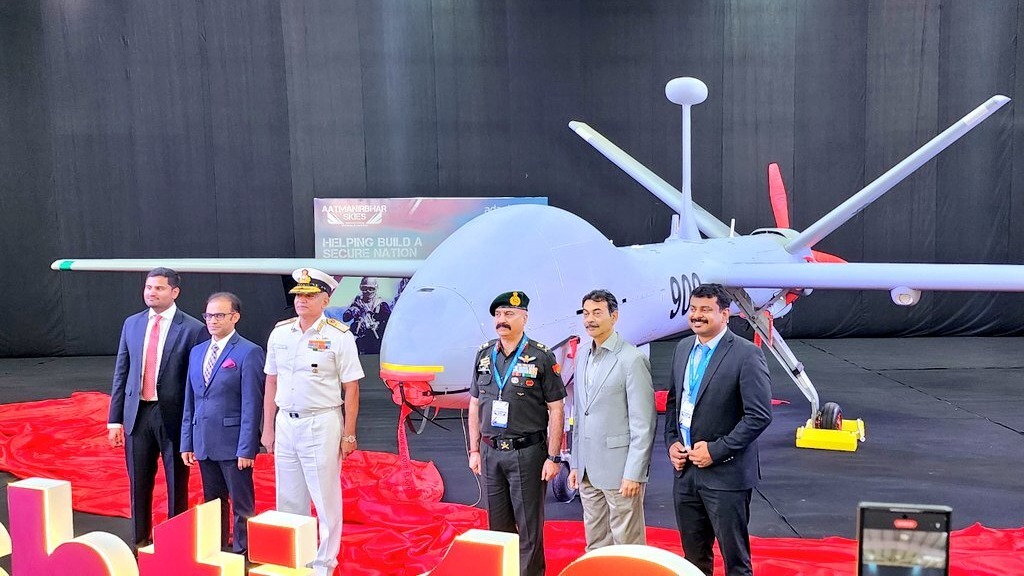
Source: aajtak
Hermes-900 Handed Over to Navy in January
The first of the Hermes-900 drones was delivered to the Indian Navy earlier this January. Now, the second drone will join the Army's fleet. Additionally, the third and fourth drones are slated for delivery to the Navy and Army respectively.
The Indian Army has made strategic decisions to procure more satellite communication-enabled drones from Israel. These include some Heron Mark 2 drones in a direct deal with Israeli Aerospace Industries. These drones, stationed at Porbandar, will be used to monitor maritime borders with Pakistan, as well as high-seas areas. They are capable of flying for over 30 hours and covering almost 2,000 kilometers in a single flight.
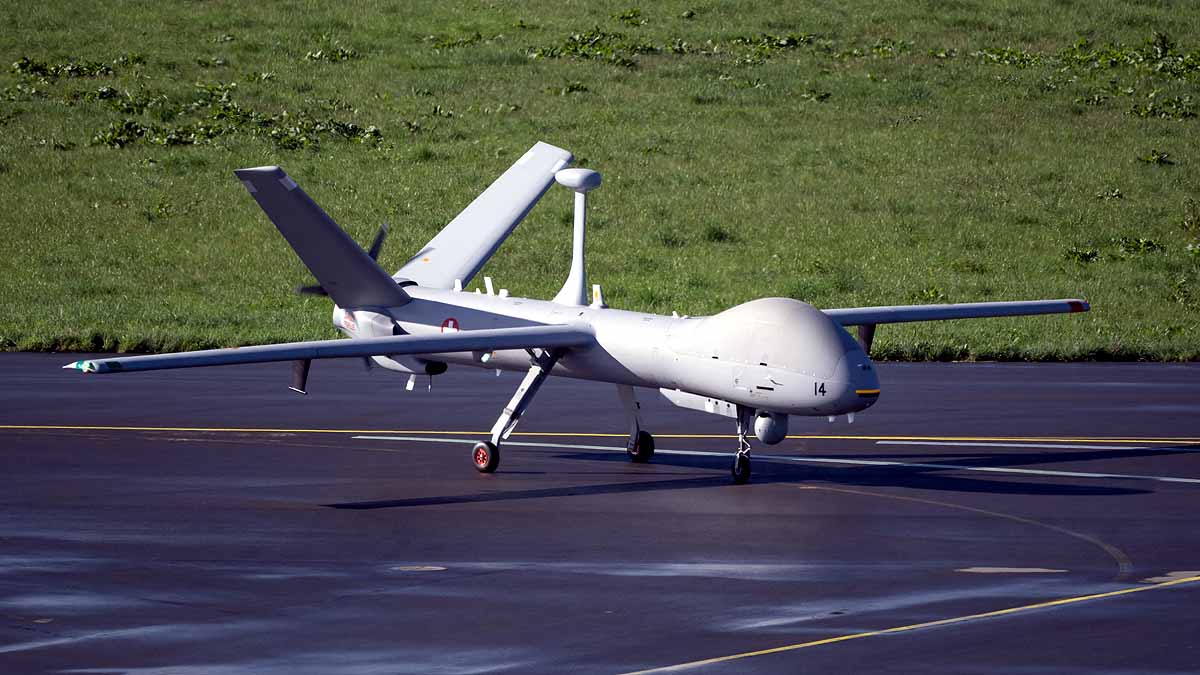
Source: aajtak
Why This Drone Is Special
This drone can maintain continuous flight for 30 to 36 hours and falls within the Medium Altitude Long Endurance (MALE UAV) classification. It can ascend to heights of up to 30,000 feet, with a wingspan of 49 feet and a weight of approximately 970 kilograms. Capable of carrying a payload weighing up to 450 kilograms, it requires just two operators to manage its flight remotely through computers. At its maximum speed, it can travel up to 220 kilometers per hour, although it typically flies at 112 kilometers per hour for endurance purposes.
Capable of Enemy Surveillance in All Weather Conditions
Israel first employed this technology in Operation Protective Edge in July 2014, and formally inducted it into their military by the end of 2015. The primary functions of this drone include surveillance, reconnaissance, tracking moving targets, communication and electronic intelligence, electronic warfare, and maintaining watch over adversaries in any weather conditions.
Equipped with the ability to intercept signals for espionage, it can also be effective in communication intelligence, decoding intercepted foreign signals. It is anticipated that Adani Defense might also manufacture the Hermes 450 in addition to the 900 series, which would potentially supply Indian-made drones to the world market.
